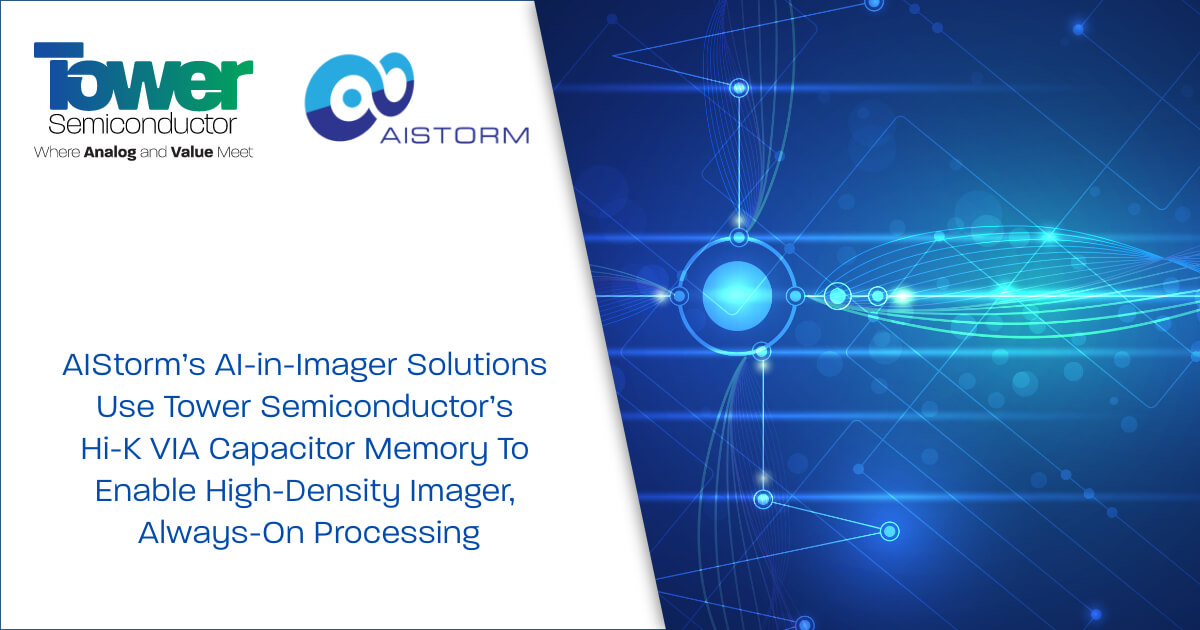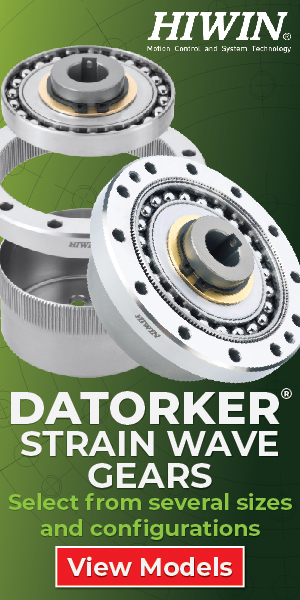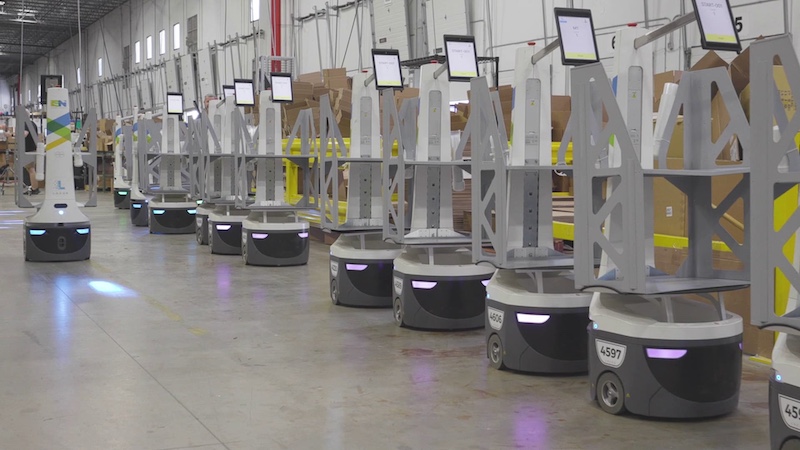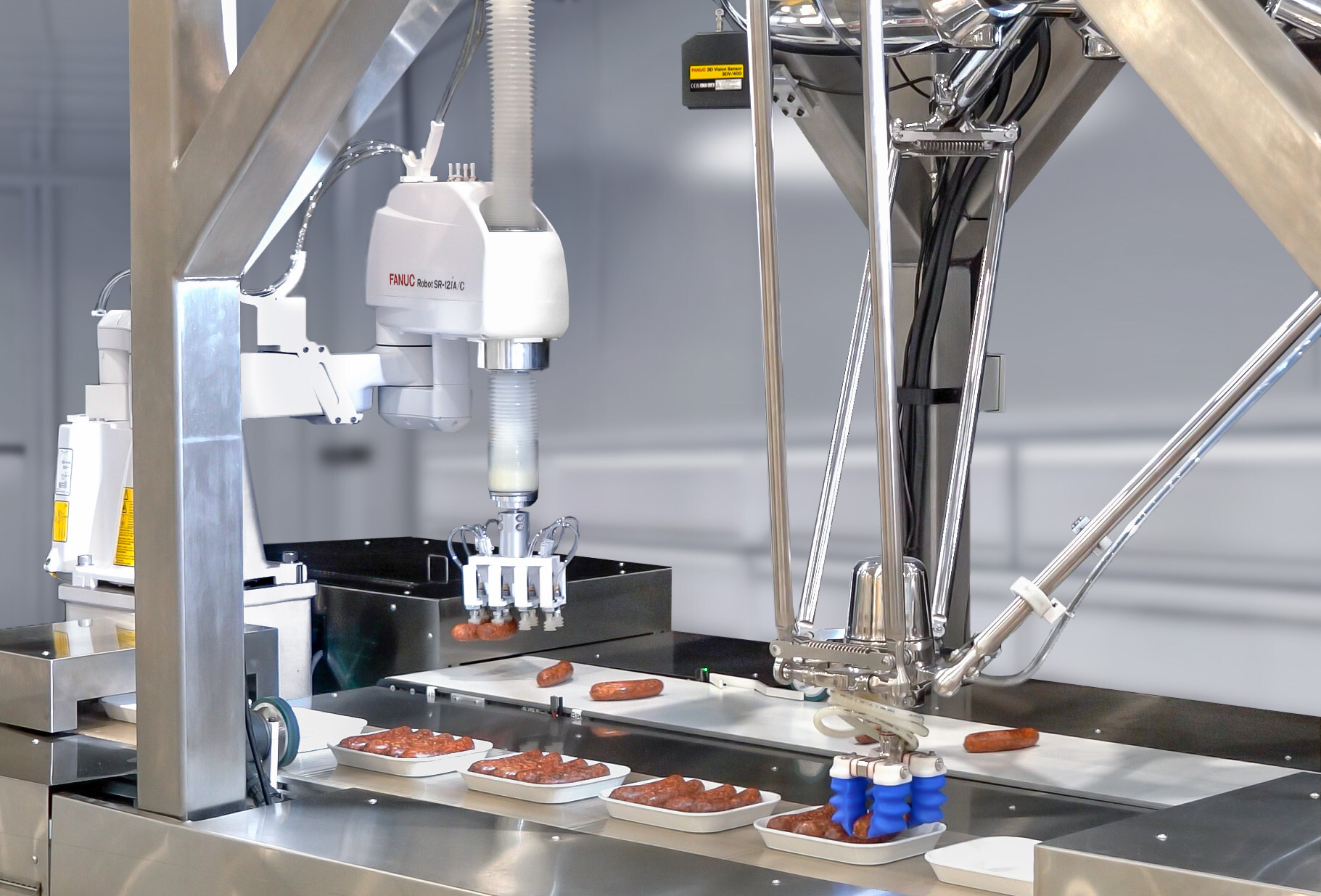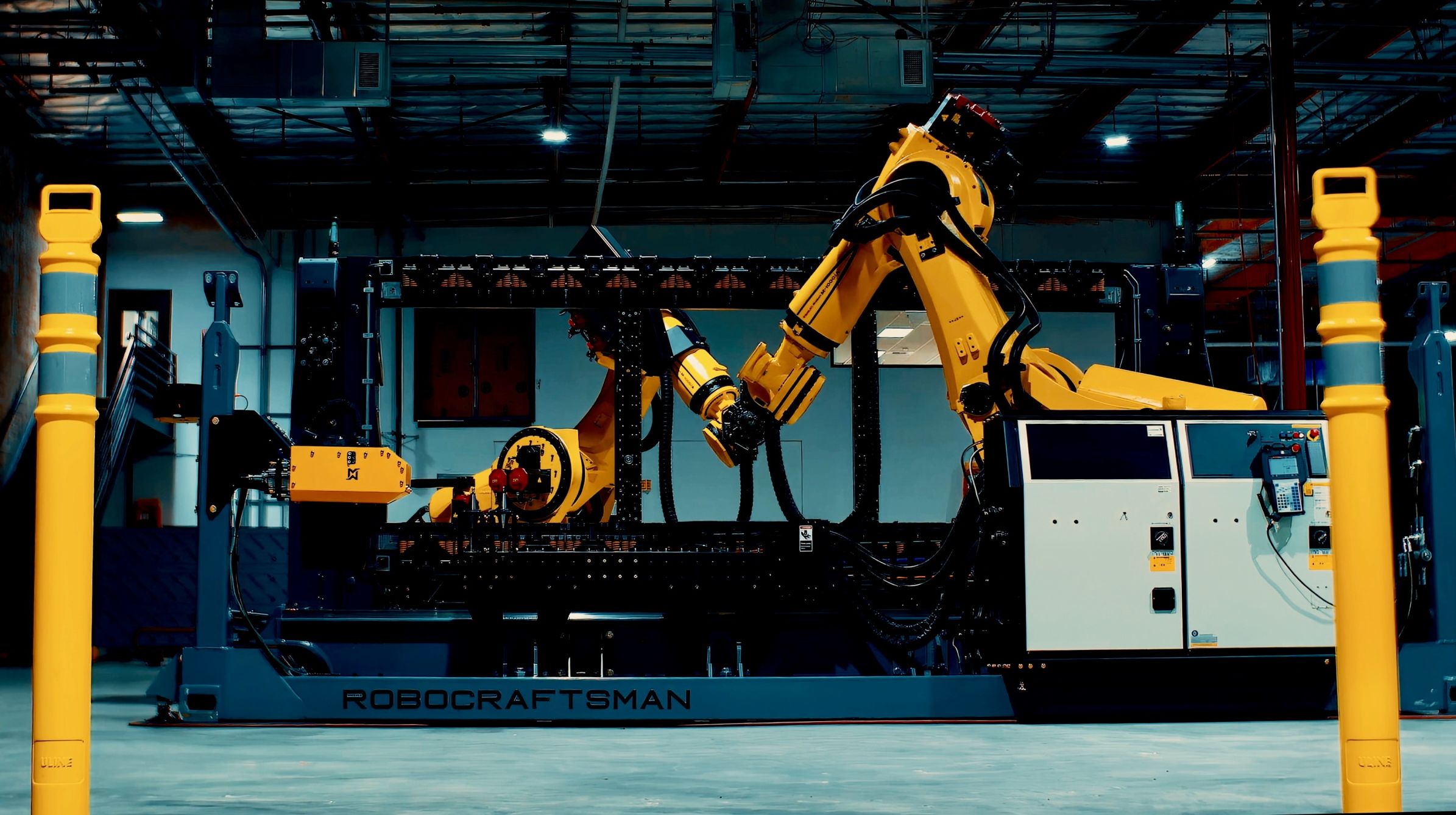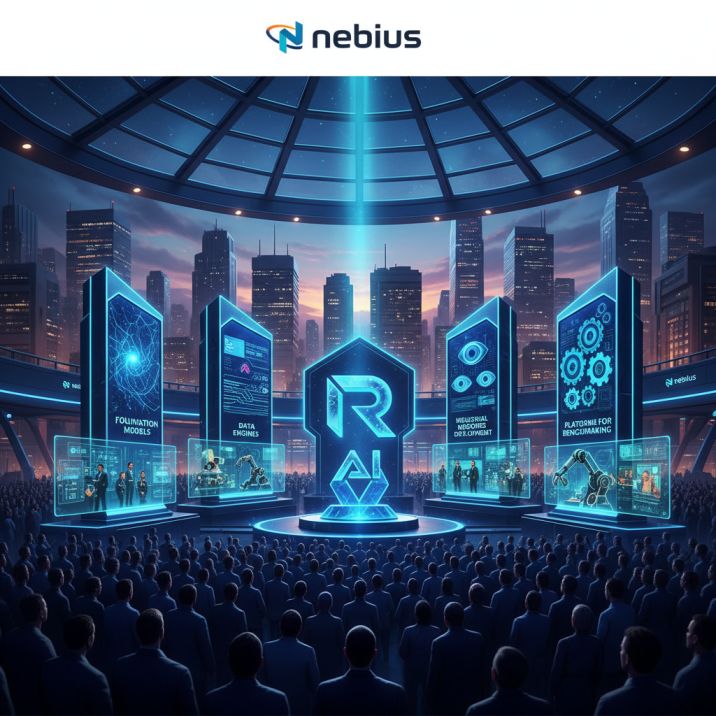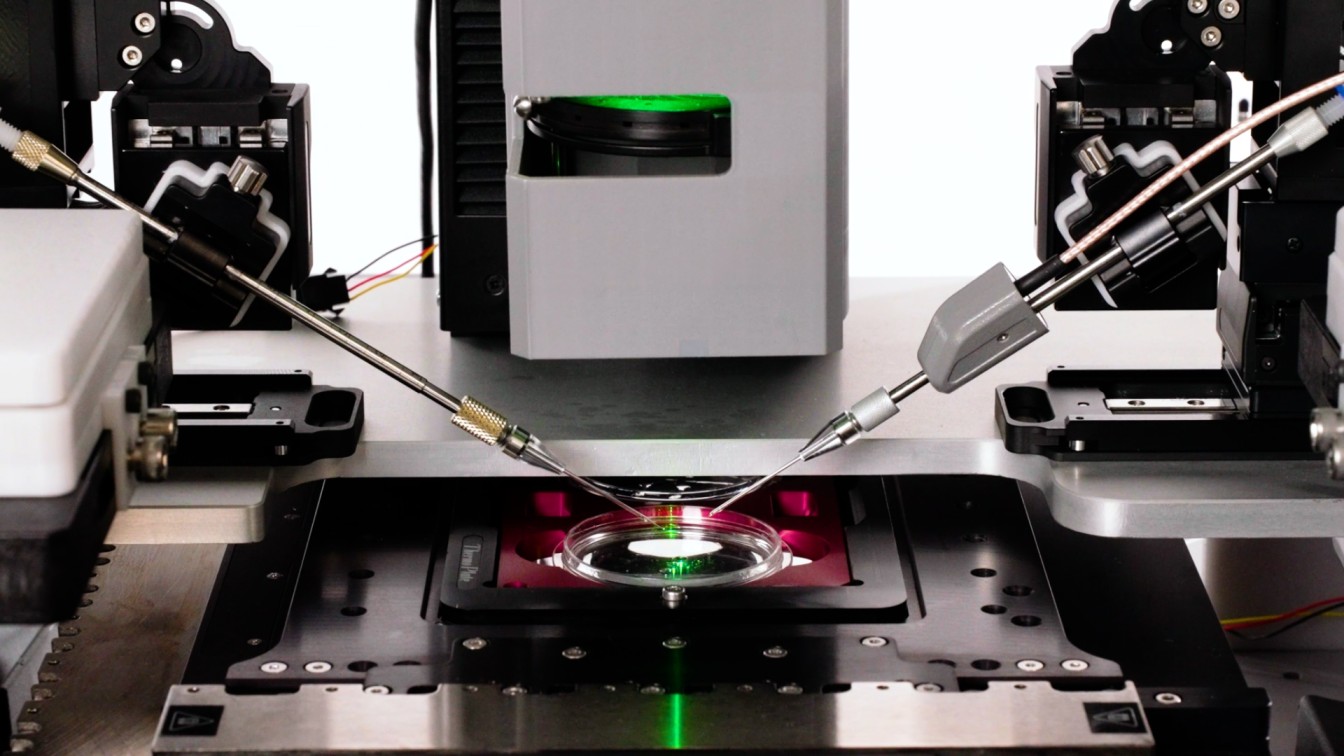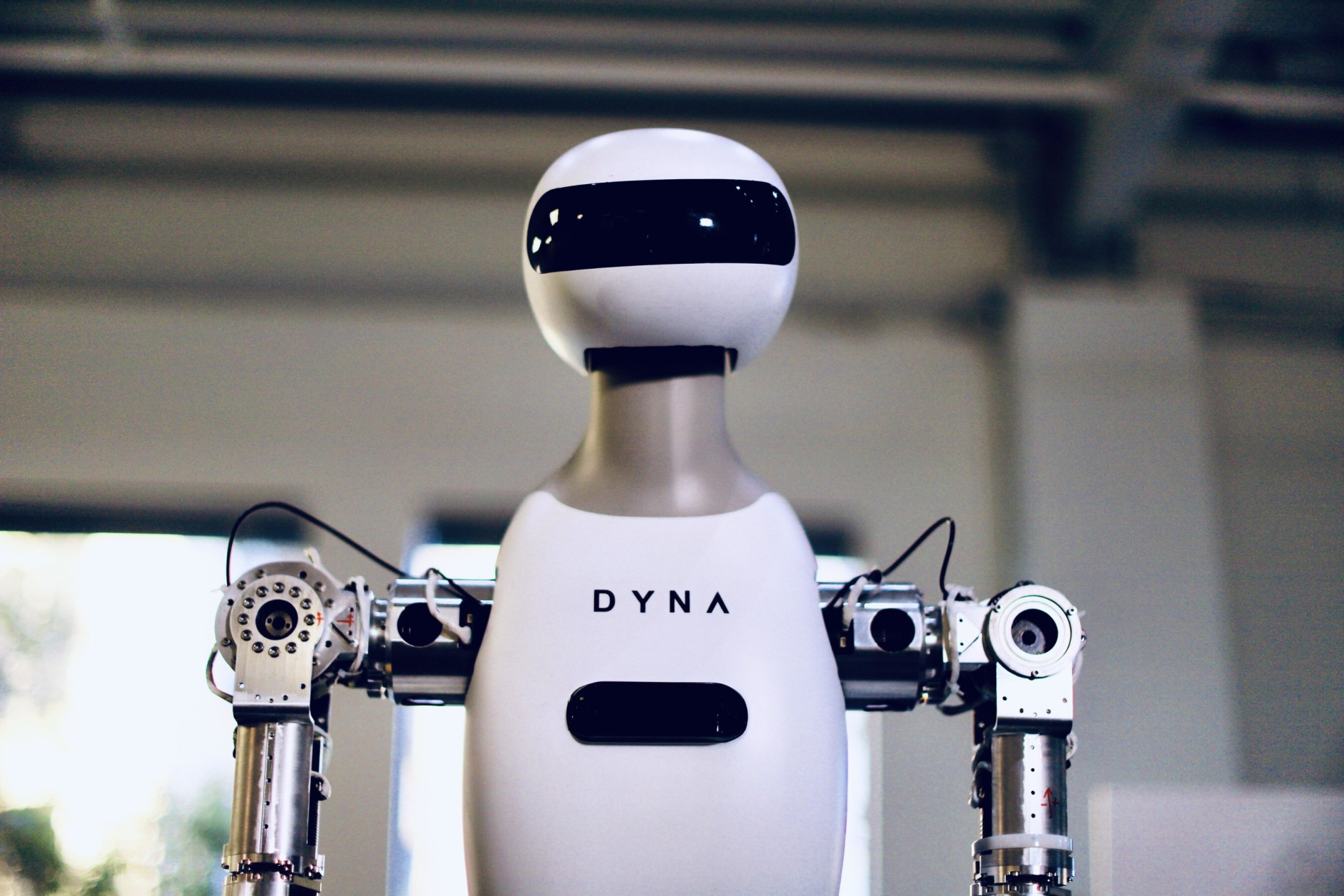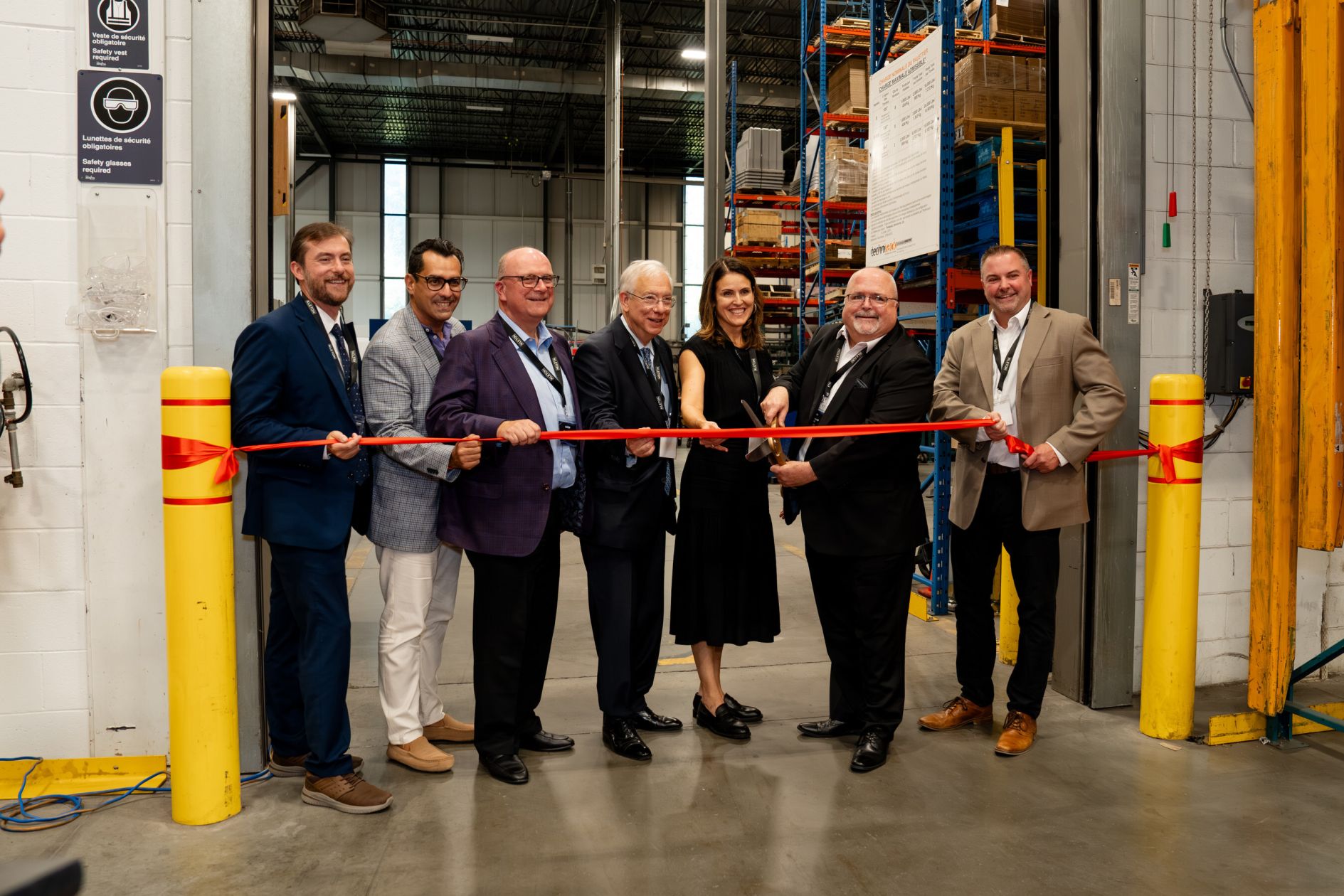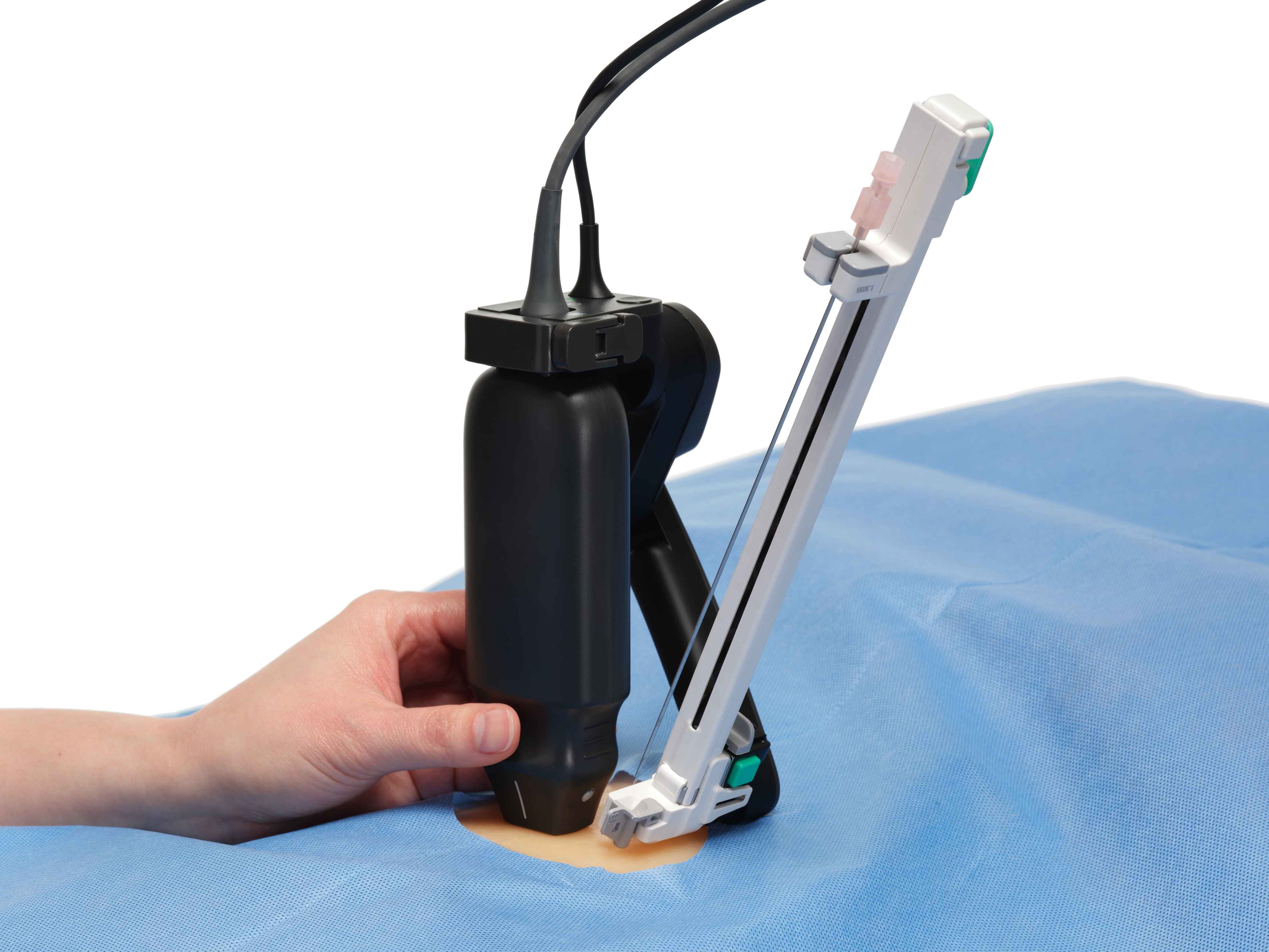AIStorm and Tower Semiconductor Introduce Cheetah HS, World’s Fastest AI-Powered Imager for Ultra-High-Speed Edge Applications
Charge-domain design delivers up to 260,000 fps with first-layer analog AI processing, enabling affordable, low-power solutions for robotics, industrial monitoring, security, and more.
Image Courtesy: Public Domain
AIStorm, the market leader in charge-domain solutions for edge AI, and Tower Semiconductor a leading foundry of high-value analog semiconductor solutions, announced the availability of the Cheetah HS — a high-speed, 120×80-pixel imager with first-layer AI capability that captures up to 260,000 frames per second — 2,000 to 4,000 times faster than conventional CMOS sensors. The Cheetah HS architecture is made possible by Tower’s unique charge-domain imaging platform which is leveraged by AIStorm’s proprietary charge-domain-based analog AI neurons.
By combining ultra-high-speed imaging with charge-domain AI, Cheetah HS slashes system power requirements and bill-of-materials cost for designers of robotics, drones, vibration- and structure-health monitors, high-speed security and surveillance tracking systems, manufacturing and assembly lines, barcode readers, PCB-inspection equipment, biometric unlock systems, vehicle-speed detectors, and even golf-swing analyzers.
“Many consumer and industrial applications require ultra-slow-motion analysis of real-time events to analyze performance or detect anomalies. Such solutions are very costly, and our Cheetah HS solution makes them affordable for a wide range of markets and end applications,” said David Schie, CEO of AIStorm. “Tower is a global leader in charge-domain global-shutter pixels, making them the ideal partner for the development and production of such groundbreaking products.”
“We are very pleased to see the fruits of our long term, close collaboration with AIStorm on this unique breakthrough platform of analog charge-domain embedded AI technology,” said Dr. Avi Strum, SVP and GM of the Sensors and Displays BU at Tower Semiconductor. “Its inherent low-power, low-cost, and high-performance virtues will enable a family of affordable, high-volume products in the near future.”
Key advantages of Cheetah HS
- Adjustable frame rate up to 260,000 frames per second (fps)
- Integrated LED driver (programmable up to 40 mA)
- Enhanced low light performance
- Integrated charge-domain neuron layer outputting pulse streams for downstream neural-network layers or raw high-speed video
- Dramatic cost advantage over competitors
- Lowers processing costs by capturing images quickly, leaving more time per frame for processing
- Ability to capture extremely high-speed events and analyze them in slow motion
How it works
Traditional high-speed cameras utilize expensive high-speed data converters to capture data, which separates the AI input layer from the pixels, increasing the BOM cost and necessitating high-speed connectors and interface components. Cheetah HS’s charge-domain architecture converts incoming photons to charge, computes the first neural-network layer in analog form, then outputs a pulse train that can be processed by downstream networks. The capture rate is programmable, allowing lower frame rates with faster capture times (reducing the cost of processing) or faster frame rates for accurate measurements or slow-motion analysis.


